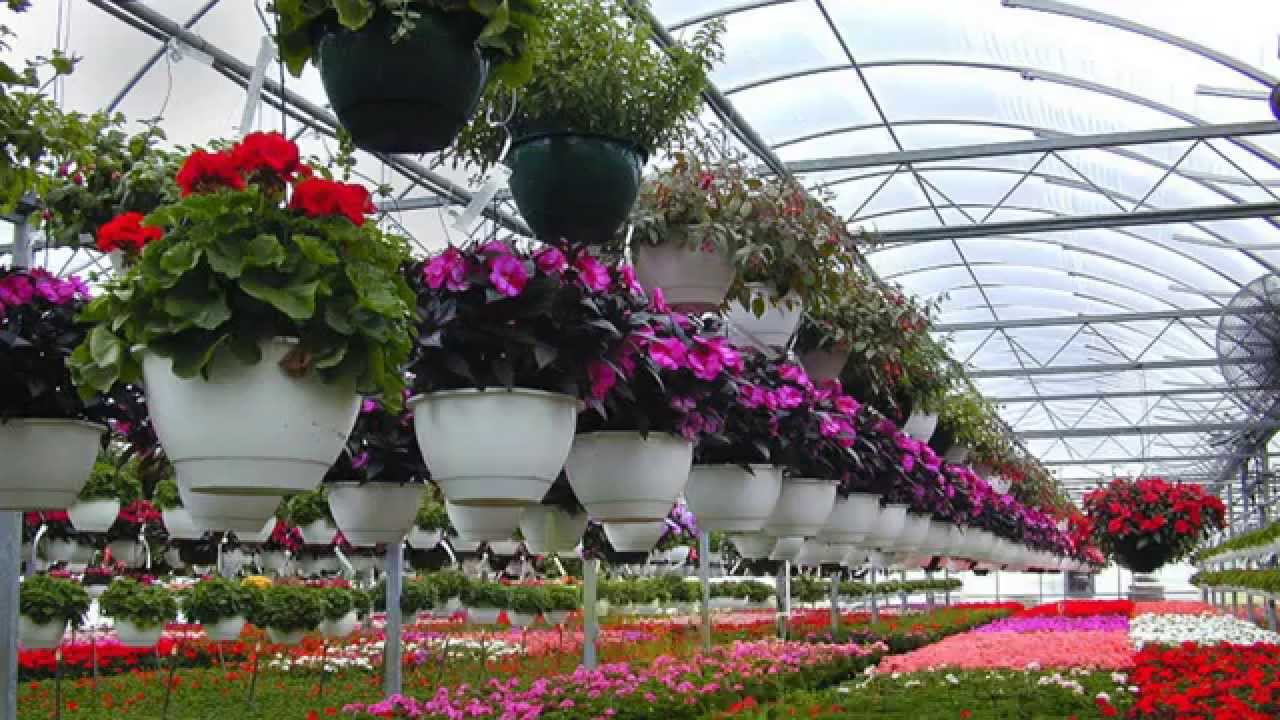
The plants, in addition to being beneficial for the closed spaces since they allow to purify the air and to cool the atmosphere, are also an important ornamental resource in many styles of decoration and design of interiors, as well as of exteriors. But what are the types of ornamental plants?
5 types of ornamental plants
If you want to know 5 types of ornamental plants, which are the main ones, which you can use in your own home and get a touch of nature and joy to any corner of your home, keep reading, and we’ll tell you. Did you know them all?

Cactus
Cacti are a type of ornamental plant that is widely used. They are characterized by being original of the deserts and the warmest and driest climates, which makes them great for people who do not have a lot of time to water their plants with assiduity.
You can find cactus of many types, many of them with really nice flowers that will brighten any table or furniture in the house. Enough with gifts from time to time, and adapt perfectly to the temperature of the interior of the house. The most important thing to keep in mind when using cacti as an ornamental plant inside a house is to place them near the windows since they are plants used to high temperatures and many hours of sunlight so that they will need plenty of light.
Ferns
Another of the best examples of ornamental plants that adapt quite well to the interiors are the ferns. This type of plants is the oldest that exist on the planet. It already existed in the time of the dinosaurs, which helps us to get an idea of how resistant they can be.
The ferns adapt well to most corners of the house, do not need much light, although they should be in a place with indirect light. You will have to water them more often than other plants since they need wet but not waterlogged soils. They are very decorative plants despite not having fruits, as they are very colorful and have many branches and leaves that will refresh the atmosphere of any interior.
Bulbs
Another type of ornamental plant that adapts especially well to pots and floors in exterior and interior are the bulbs. This type of plants are characterized by being formed by a fleshy heart that is the bulb itself. From this bulb, the roots and leaves grow, since the bulbs are usually located at a short distance from the surface.
During the winter or the hardest periods, the plant loses its outer part to be reborn in the spring. In this case, it is ornamental plants that can be used both for a garden and for an interior if we plant them in a pot. They are plants that need a lot of care regarding the type of soil and irrigation, so it is important to be constant in their care. However, they are also some of the most beautiful ornamental plants that can be found in nurseries, such as tulips.
Aquatic plants
It may not be one of the names of ornamental plants that you know the most since they are specific to water and, therefore, are usually for outdoor areas, although you can have them indoors with water while they get enough natural light. Thus, aquatic ornamental plants are especially suitable for decorating ponds and fountains.
This type of plants is characterized by not growing on land, but directly in water. The lower part of these plants grows in the water, where their roots can reach the submerged earth or remain suspended directly in the water. The upper part of the plant extends over the surface of the water, showing its most beautiful part, as well as the leaves and flowers. There are different types of these plants that we can have in the garden or indoors. They are quite easy to take care of indoors, since, being in the water, they require nothing more than to replace the water when it evaporates, so they require less frequent watering than the ground plants. An example of this type of ornamental plants that are especially beautiful in the ponds are the water lilies or the lotus.
Succulent plants
Finally, another type of ornamental plants and very decorative that we can not stop having at home is the succulents. This type of plants is characterized for containing a lot of water, mainly in its fleshy leaves. In this sense, they resemble cacti. However, succulents are plants that retain their traditional plant shape, with their stems, branches, and flattened leaves. However, due to the high water content they absorb, they are bulky and fleshy.
These plants are very resistant to hard soils and little water, so they are also a perfect option for those who do not remember to water frequently. They can be cultivated in both pot and soil.





